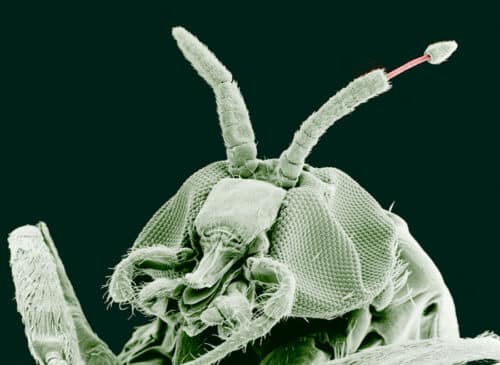Researchers have developed an AI model that identifies larvae in microscopic images and can help boost drug development for River Blindness.

River Blindness is a neglected tropical disease (NTD) which is caused by a parasitic infection that is transmitted by the black fly. If a human is bitten by a black fly, the worm larvae invades the body and breeds under the skin. If these worms are allowed to reach the eyes before treatment is administered, they can cause irreversible blindness. The condition has already caused permanent blindness in over one million people and over 20 million people are affected by it.
A team of experts at Capgemini have developed an Artificial Intelligence(AI) model in coordination with University Hospital Bonn and Amazon Web Services, that will accelerate the speed of clinical trials aiming to establish new treatments for River Blindness. The solution was developed as a part of Capgemini’s annual Global Data Science Challenge for a sustainable future (GDSC), where every employee is given the opportunity to deploy their data and AI expertise towards solving a critical global challenge.
The AI model harnesses deep learning technology to identify the larvae worm that causes River Blindness, using images from existing clinical studies. In total, over 70,000 sections of clinical data were utilized to train the AI, leading to the creation of a model that can identify worm sections in microscopic images with almost 90% accuracy. The ability to automate such a high proportion of the required analysis will unlock the potential of faster and more consistent assessment of the efficacy of new drugs, which could save the eyesight of sufferers worldwide.







